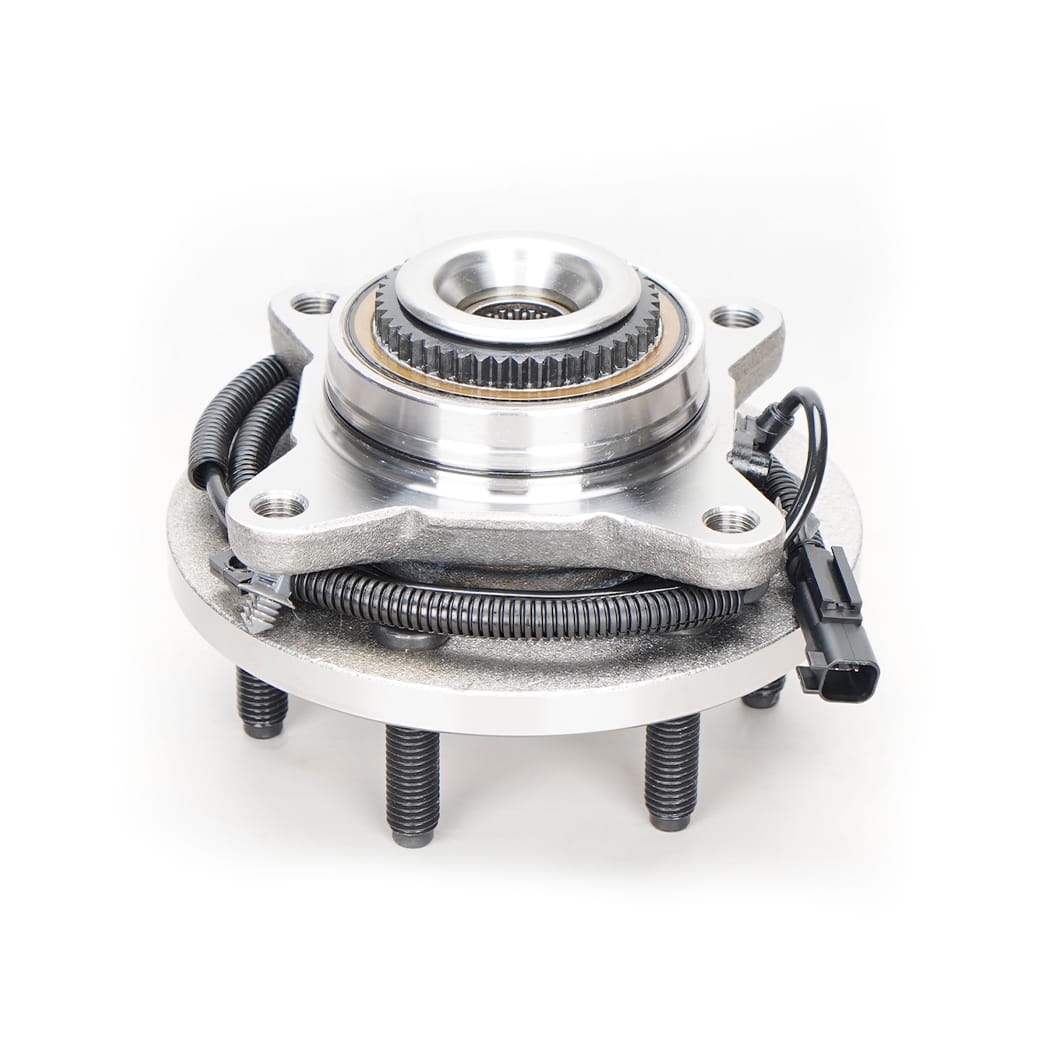When it comes to ensuring the smooth operation of heavy machinery, few components are as critical as the wheel hub. While often overlooked, the heavy-duty wheel hub plays a pivotal role in maintaining stability, performance, and safety in vehicles designed for demanding tasks. Whether you're operating a construction vehicle, an agricultural tractor, or a commercial truck, understanding the importance of this unsung hero can make all the difference.
At its core, a wheel hub is the central part of a wheel assembly where the tire and rim attach to the vehicle's axle. In heavy-duty applications, this component must be exceptionally robust to handle extreme loads, harsh conditions, and prolonged use. Unlike standard wheel hubs found in passenger vehicles, heavy-duty versions are engineered with reinforced materials, advanced designs, and specialized features tailored to withstand punishing environments.
The primary function of a heavy-duty wheel hub is to support the weight of the vehicle while allowing the wheel to rotate freely. It houses essential elements such as bearings, seals, and mounting points for brake systems. These hubs are designed to endure high torque, resist corrosion, and minimize wear over time—even under the most grueling circumstances.
Key Features of Heavy-Duty Wheel Hubs
Durability : Heavy-duty wheel hubs are typically made from high-strength steel or other durable alloys. This ensures they can bear significant weight without deforming or failing. The material choice also enhances resistance to fatigue and cracking, which is crucial for long-term reliability.
Precision Bearings : Bearings within the hub allow for smooth rotation. In heavy-duty applications, these bearings are often larger and more resilient than those used in lighter vehicles. They are designed to handle greater radial and axial loads, reducing friction and preventing premature failure.
Enhanced Sealing Systems : Dust, dirt, water, and debris are constant threats in industrial settings. To combat these hazards, heavy-duty wheel hubs incorporate advanced sealing mechanisms that protect internal components from contamination. This not only extends the life of the hub but also reduces maintenance needs.
Heat Dissipation : Under strenuous conditions, excessive heat buildup can compromise performance. Many heavy-duty wheel hubs feature innovative designs that improve airflow and dissipate heat effectively, keeping the system running efficiently even during extended periods of use.
Compatibility with Braking Systems : Given their role in supporting braking components, heavy-duty wheel hubs are meticulously crafted to integrate seamlessly with disc or drum brakes. Proper alignment and secure attachment points ensure optimal stopping power when it matters most.
Why Does It Matter?
Imagine driving a fully loaded dump truck down a steep incline or maneuvering a combine harvester through muddy fields. In scenarios like these, the integrity of the wheel hub directly impacts safety and productivity. A failure in this component could lead to catastrophic consequences, including loss of control, costly repairs, and downtime.
For industries reliant on large-scale equipment, minimizing breakdowns is paramount. Investing in high-quality heavy-duty wheel hubs translates into fewer disruptions, lower operational costs, and enhanced peace of mind. Moreover, well-designed hubs contribute to better fuel efficiency by reducing rolling resistance—a benefit that adds up significantly over time.

Maintenance Tips for Longevity
Even the best heavy-duty wheel hubs require regular care to perform at their peak. Here are some tips to maximize their lifespan:
Regular Inspections : Routinely check for signs of damage, such as cracks, corrosion, or leaks. Early detection of issues can prevent major failures.
Lubrication : Ensure proper lubrication of bearings according to manufacturer guidelines. Overlooking this step can cause excessive friction and premature wear.
Torque Specifications : When installing or servicing wheel hubs, always adhere to recommended torque settings. Improper tightening can lead to loosening or damage.
Replace Worn Components : Seals, bearings, and fasteners should be replaced promptly if they show signs of wear. Neglecting these parts compromises the entire assembly.
Innovations Shaping the Future
As technology advances, so too does the design and functionality of heavy-duty wheel hubs. Manufacturers are increasingly incorporating smart sensors and IoT capabilities into these components. These innovations enable real-time monitoring of temperature, vibration, and load distribution, providing operators with valuable data to predict potential failures before they occur.
Additionally, advancements in materials science have led to the development of lighter yet stronger alloys, improving overall efficiency without sacrificing durability. Such breakthroughs promise to revolutionize how heavy-duty wheel hubs are utilized across various sectors.